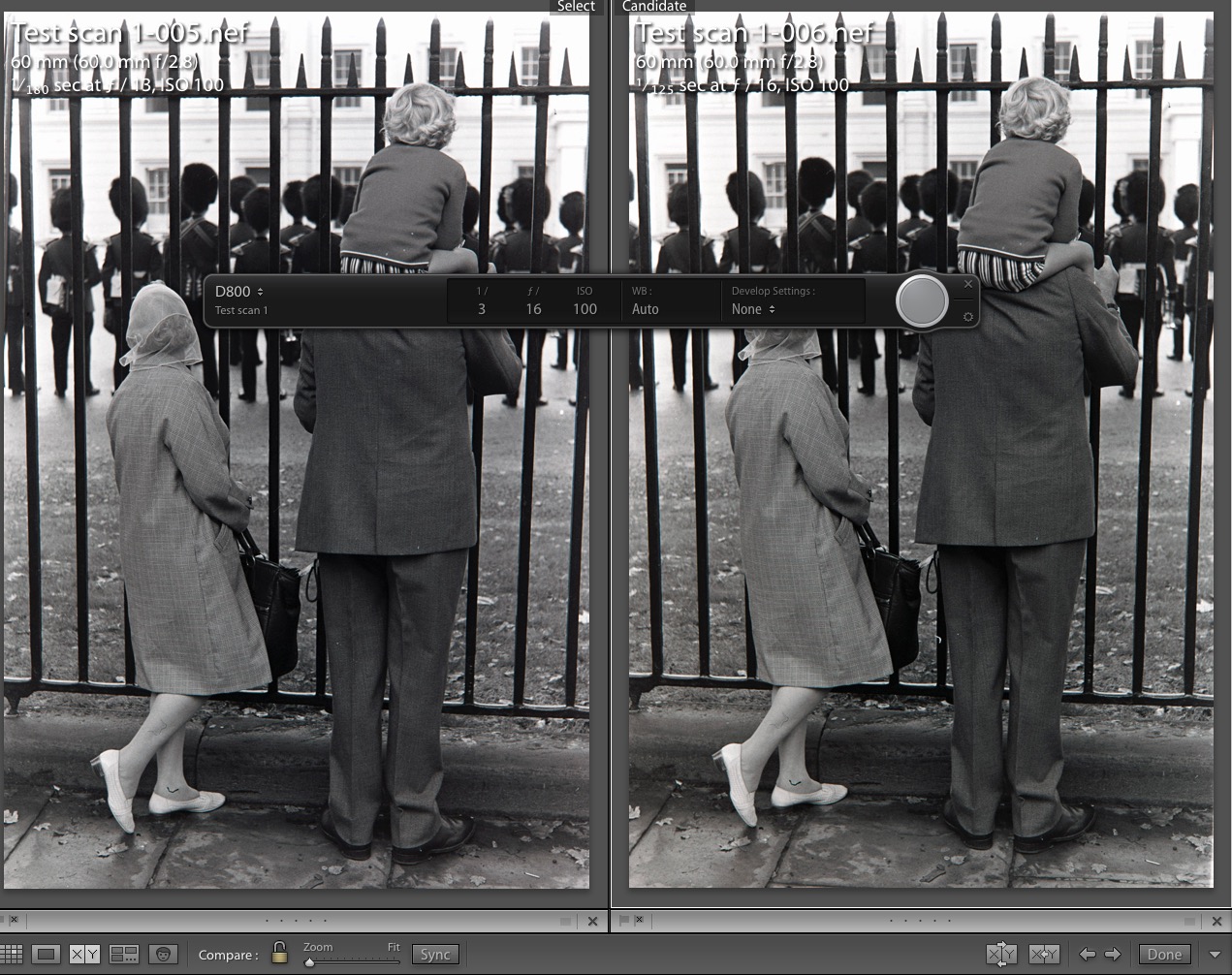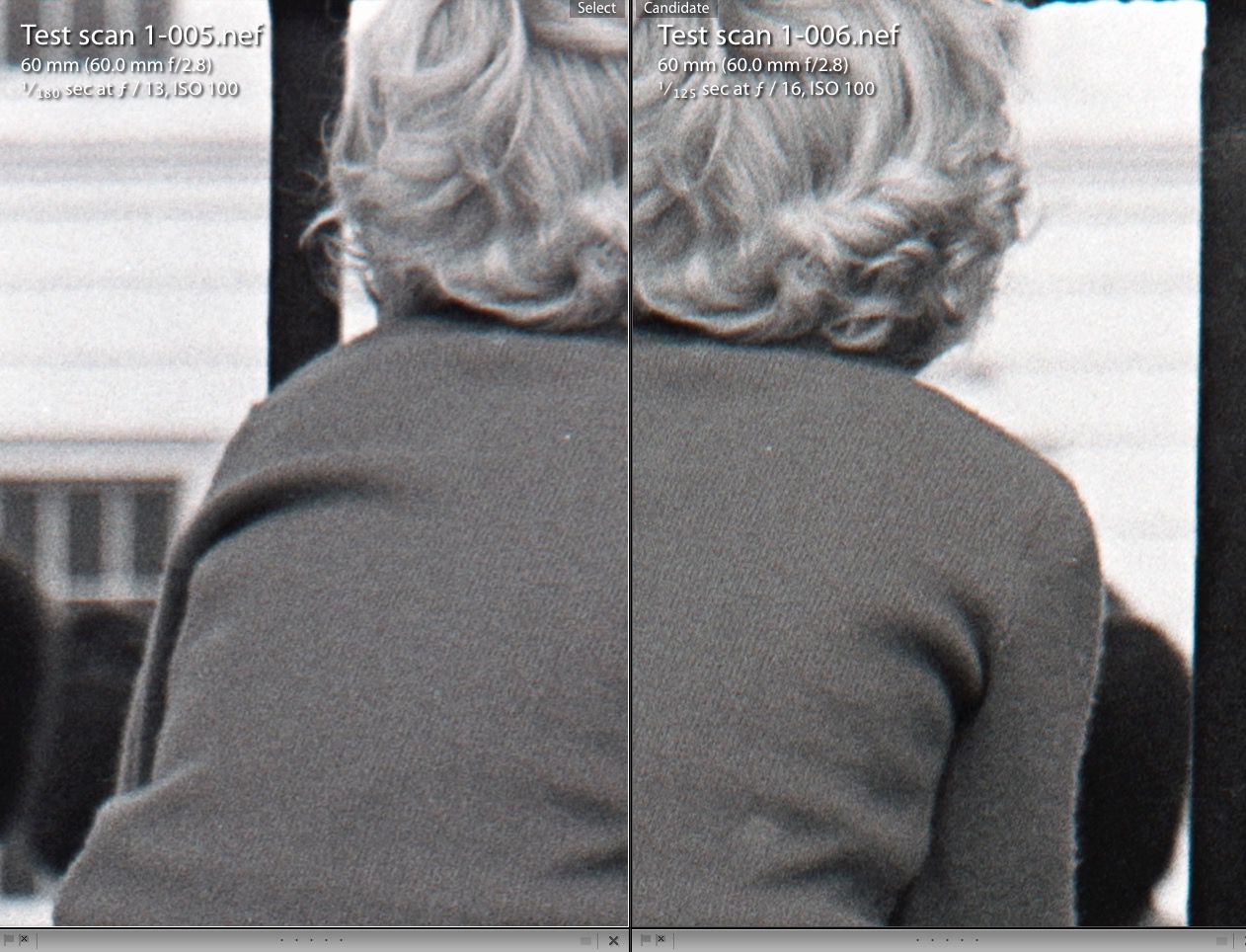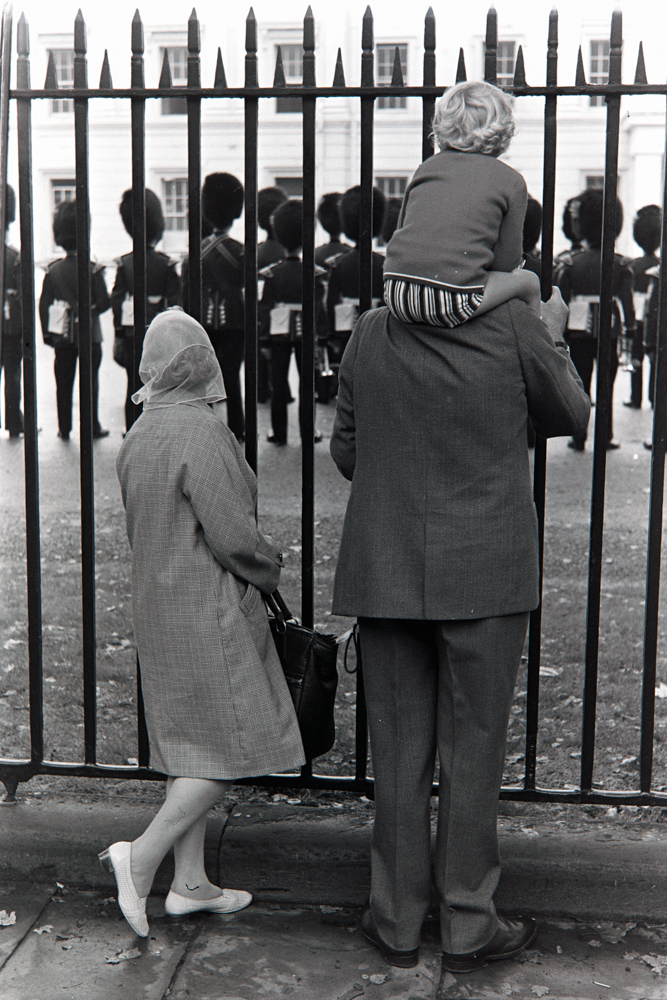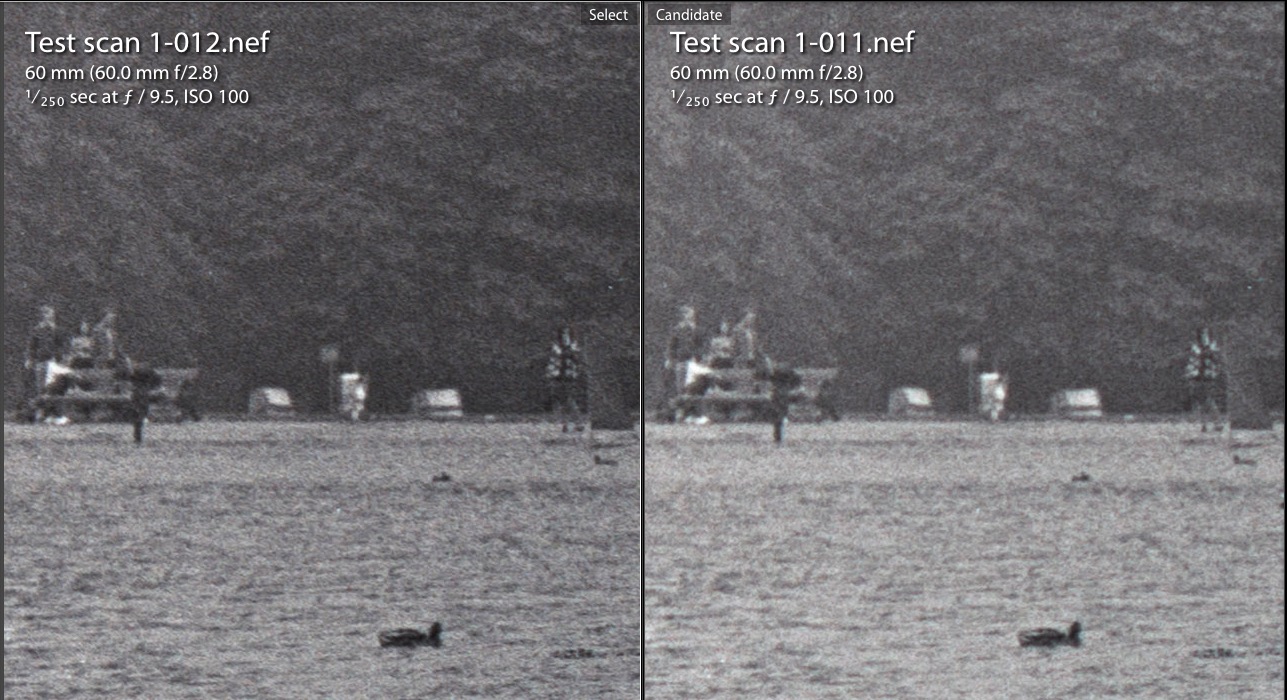Some further efficiency fixes and related notes.
For an index of all my Film related articles, click here.
In Part II I looked at batch inversion and color negative imaging. Here I look at tethered capture and focusing considerations.
Tethered capture: Lightroom has long supported tethered capture with many Nikon and Canon cameras; the camera is connected with a cable to the computer and after tethered capture is enabled (File->Tethered Capture->Start Tethered Capture) this panel will appear on the display:

The tethered capture information panel.
Comments on user fora suggest many have issues getting LR to recognize supported cameras – indeed I had that issue – and one fix from Adobe goes as follows. Go to this directory in Finder:

This is the file to erase.
Erase the highlighted file – this is for LR6. It will be recreated when you next start LR. After doing that my tethered D800 was recognized fine.
I wrote about tethered capture here and because Nikon uses the fragile USB2/USB3 Mini USB connector I strongly recommend you concoct a strain relief at the camera end, whether a piece of wire, as I show, or the more elegant Nikon USB Cable Clip. Damaging the camera body will not make your day when that sub-optimal connector is yanked/torqued out accidentally.
Why tether? Because you see the image on a large display seconds after pressing the shutter button. Nothing is recorded on the camera’s CF or SD card. The image is sent straight into LR where sharpness and alignment are easily judged. This speeds work flow and you can bang away at those old negatives with abandon, watching the images pop up on the display. You no longer have to remove the SD/CF card from the camera and insert it in your card reader.
Film strip orientation. There a lot of nonsense written about making sure the matte side of the negative faces the lens. I tried both ways, flipping the image for comparison. This image has microfine detail in the child’s pullover and there is no distinguishable difference between matte side and glossy side to the lens. So I use glossy side to the lens as there’s no need to flip the image in LR. Here are enlarged comparator images:

Glossy and matte sides to the camera lens, respectively.
Here is the processed image:

Glossy side to the camera lens works fine.
Focus point: Once inserted in the film strip holder, the film is slightly bowed in a convex shape on the glossy side, the one which faces the camera lens. I do not use a glass film strip holder to try and remove this bowing, as holders which use plain glass can cause “Newton rings” interference on the image. These manifest themselves as rainbow like patterns. There are “anti-Newton ring” glasses available but they are lightly etched to prevent this phenomenon and reduce definition in the image as a result. Further, four glass surfaces mean four more areas on which dust can accumulate.
I use an aperture of f/9.5 on the Micro Nikkor AF-S lens which is the sweet spot where depth of field and definition meet. You do not want to use the lens at full or minimum aperture where definition suffers. Further, depth of field at full aperture is very slim, making critical manual focus that much harder. Given that the film surface is not plane, does it make sense to focus on an area half way out from the center of the image to optimize depth of field and related sharpness across the frame?
In the comparator images below, the first used spot focus in the center while the second focused midway between the center and the edge of the long side of the negative. I used the directional pad on the D800 to move the autofocus point, having earlier determined that auto focus is superior to manual focus. The latter uses the viewfinder LED indicator to show best focus and I have found that nailing that is so critical that deferring to auto focus is easier and more repeatable.

Center and half left spot focus points.
There is no discernible difference between the center and half-left spot focus point images with the grain sharp at all points. Conclusion – center spot focus is just fine at f/9.5.
How fast is the process, a key goal of this project? Read about that here.